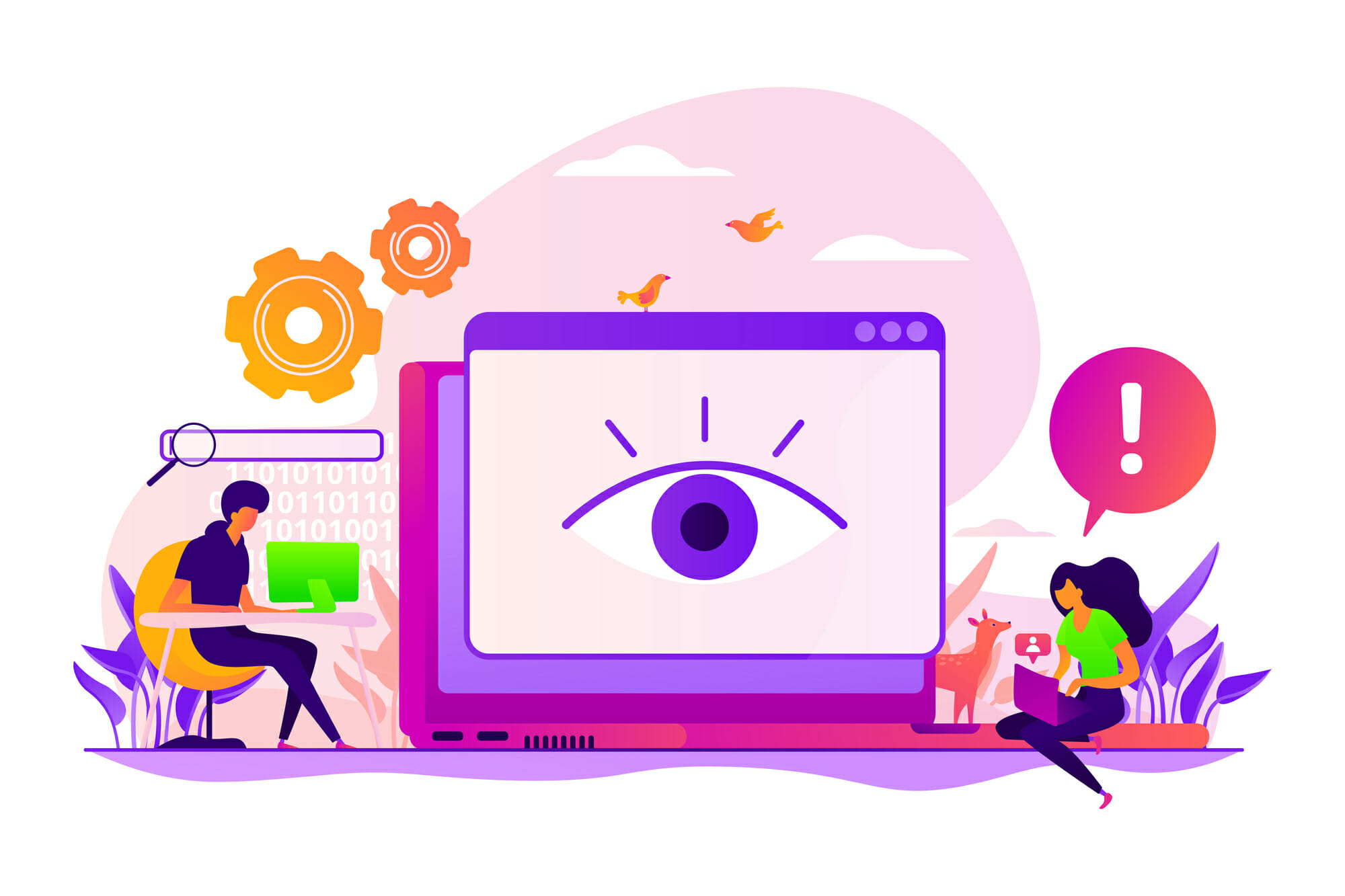
What is Geo-blocking and How Can You Overcome It?
If you are a streaming enthusiast, you are probably well aware of one of the most frustrating restrictions that online platforms impose on their users: geo-blocking.
It is the latest weapon for companies with large amounts of intellectual property, which users access online. With GPS technology becoming more effective, geo-blocking has become widely used by platforms like Netflix, Youtube, and BBC iPlayer.
How often have you come across a video on YouTube or a show on Netflix with a message saying “the service/content isn’t available in your area”?
That right there is geo-blocking preventing you from accessing the content. Not everything on the internet is freely available, as we would like to believe.

What is geo-blocking?
Geo-restrictions or geo-blocking is the process of limiting user access to online content for some users based on their geographical location.
You are deprived of certain content and services simply because of where in the world you are browsing from. It is, however, not a very transparent practice.
While it’s common for content producers to limit access to a certain location because of a licensing issue, copyright, local laws, and price discrimination, some organizations are using it to categorize and divide the world into market segments.

Entertainment companies tend to make their content location-specific so that they can set different offers for different consumers and increase their overall profit margins.
In short, geo-blocking can be attributed to censorship problems, copyright and licensing, and price discrimination.
How does it work?
The technology utilizes many ways to identify a user’s location and implement the restricting protocol accordingly. Your location can be determined using the I.P. address, checking your profile information, and measuring ping.
These geo-blocking systems can deny access to users in a specific location, giving content-producing companies the freedom to create content that is accessible to selective audiences.

Every computer is recognized by its I.P. address, which you get as soon as you register with a service provider. When you use this address anyone can track you from anywhere in the world.
This feature has enabled websites to filter their viewers on the basis of location.
The technology has become smarter over time, and now along with your I.P address, it can track your location with cookies and your GPS.
Who Uses Geo-blocking?
Most frequently geo-blocking is a problem for online users because video streaming platforms are the main users of this system. Most of these platforms are based in the US, while very few are available for viewers outside the States.
It can be the case that in one country Netflix has the streaming rights to a show, but in another country, some local platform or channel may have acquired the rights. Or maybe no one was willing to spend the time and money required for licensed broadcast in your region.
While video streaming platforms may be the major users of geo-blocking, this practice is not limited to them only.

It is also used to restrict user access to social media, dating sites, and news sites. And this blocking doesn’t just extend to streams inside your region, it could very well hinder your streaming outside it.
For example in India, your Disney+ Hotstar subscription allows you full access to the site’s content but as soon as you go to a different country, you might lose access to your premium account content because it’s geo-blocked there.
Netflix and Geo-blocking
Netflix is the most popular online streaming platform with around 100 million subscribers. But despite that, it offers a very limited variety of content to users outside of the US.
Netflix has a unique and advanced system that offers a selected choice of movies and shows to users in countries other than the US. Netflix may be inclined to geo-block certain content because of licensing agreements and as a business strategy but if you manage to bypass it, you can access a wide variety of shows.

So in theory, if you can break through the geo-blocking you might be able to watch all the content Netflix has to offer.
Can you bypass Geo-blocks?
Circumventing the geo-block has been a struggle for users worldwide. Since geo-blocking became a thing, many bright minds have tried using different methods to beat it, one of which was proxies.
The problem with proxies is that websites that are advanced enough to utilize geo-blocking are also smart enough to catch them.
And now it’s a cat-and-mouse chase with internet users finding newer ways to outsmart geo-blocks and the websites using all possible means to prevent that from happening.

There are several ways to bypass a geo-block aside from the already discussed proxies, such as smart DNS, TOR, or a Virtual Private Network (VPN).
The VPN however, is your best bet.
VPN: the best way to bypass geo-blocking
Currently, VPN is the most reliable way to dodge the geo-blocking system. These are effective and easy-to-use tools. Almost everyone can learn to use a VPN that will alter their virtual location and help bypass all those geographical restrictions.
At this point, proxies have become outdated and obvious because they only relay your connection through a different server, but the streaming services nowadays are smart enough to scout them out.
On the other hand, VPNs have multiple servers and feature streaming unblocking technology such as smart DNS to help circumvent the restrictions more efficiently. However VPNs don’t all offer these features, so you will need to find one that fits your needs.

Lucky for you, we have already done our research and picked our favorite VPN providers. You can benefit from all our hard work and read all about our top choices.
Overcoming Geo-blocking
Geo-restriction might be annoying at first, but with a little bit of smart research and the correct approach, you can easily bypass them and enjoy your favorite streaming platforms and websites.
Since geo-blocking can be enforced using your I.P. Address, the best way to dodge it is by hiding your IP when you’re surfing the internet.
A VPN is by far the easiest and cheapest way to do it. If you want a high-speed streaming experience, we recommend giving them a try.





Leave a Reply